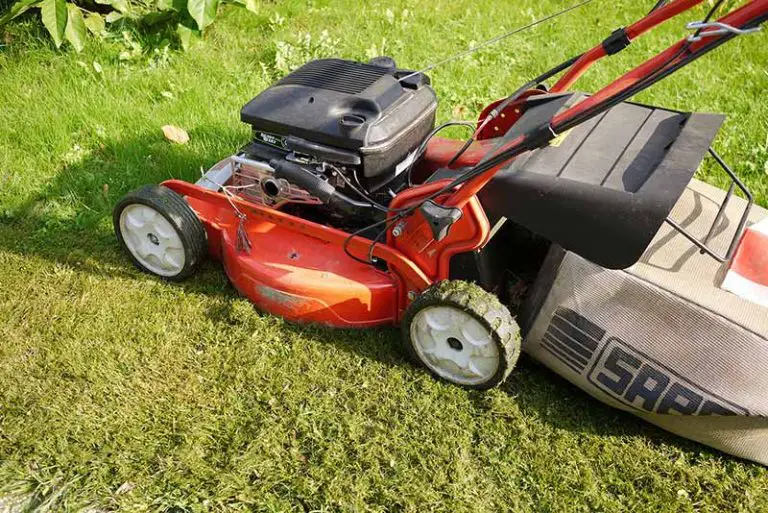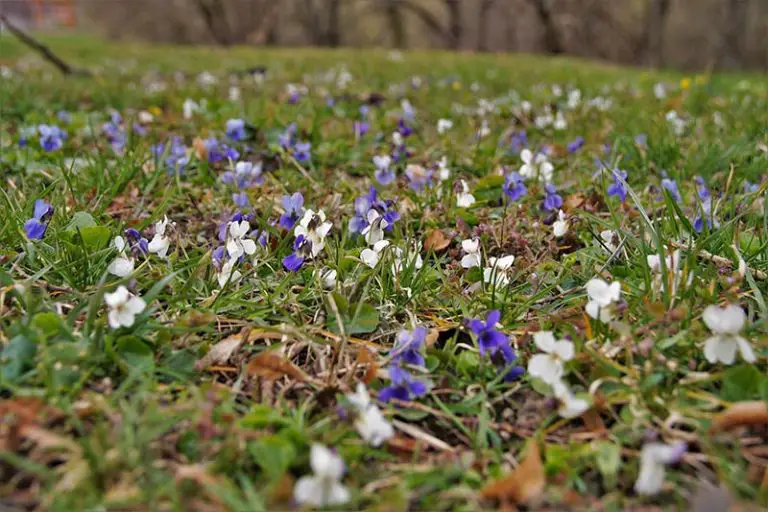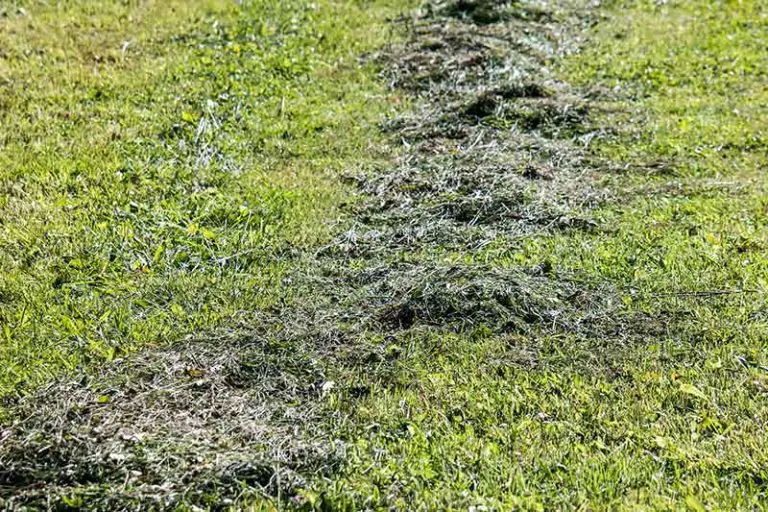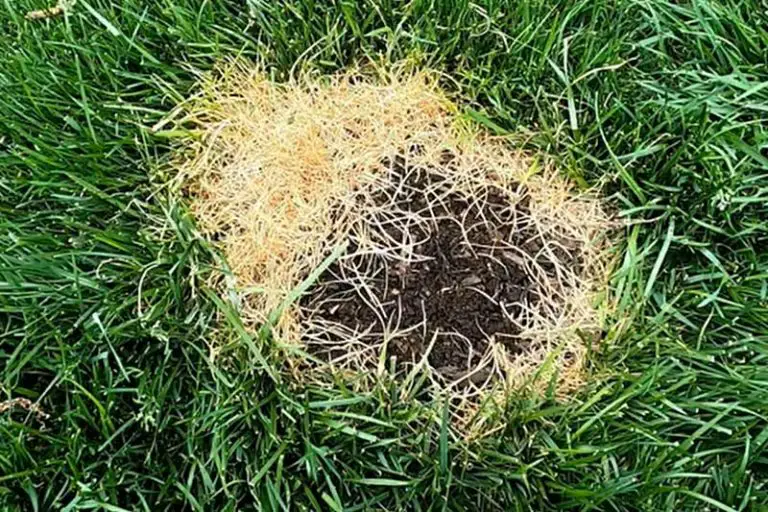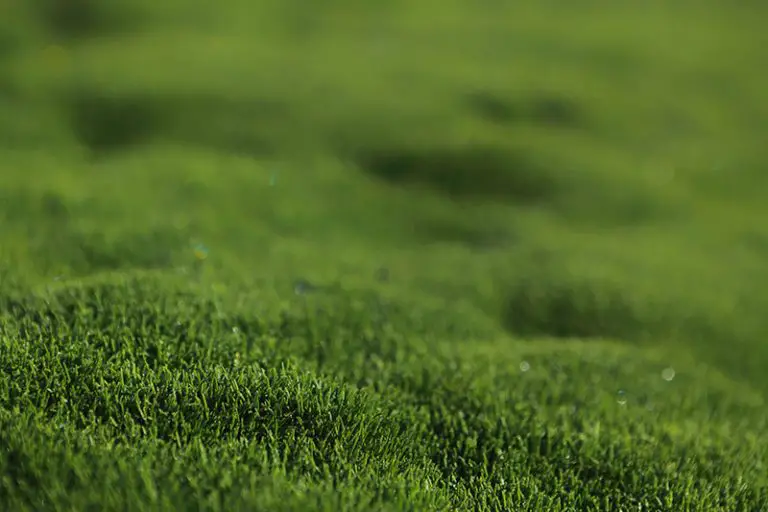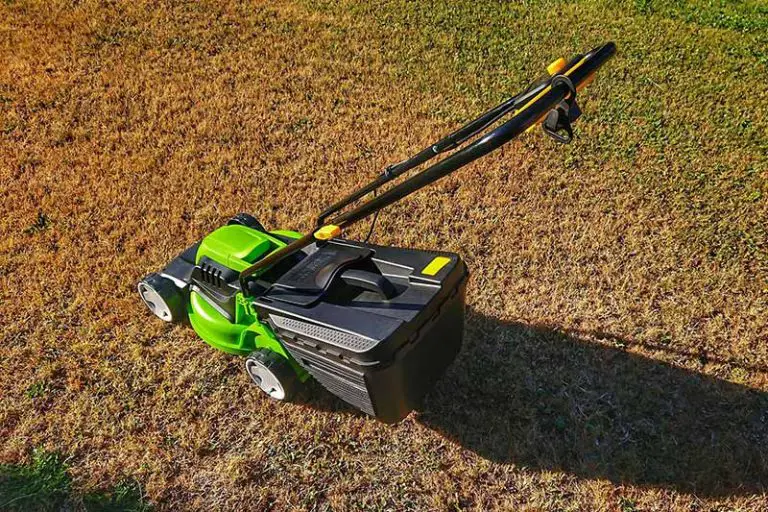Get a New Lawn: Sod vs Seed – Which is Best?
There are several routes you can take towards getting a lush, healthy new lawn. The two most popular methods are to either seed or by lay sod; both have their own advantages and disadvantages for you to consider when deciding which would be best for you and your individual situation.
The main differences between sod and seed include the cost and ease of installation, establishment speed, and the initial maintenance required to keep the new grass healthy. Seeding is cheaper and easier to carry out, while laying sod will provide you with an instant lush lawn that’s easier to maintain and more resistant to weed growth. There are several factors such as these that you must consider before choosing which method to use.
Pros and Cons of Sod
Your first option is to create a new lawn from sod. Sod consists of a soil layer that contains already-mature grass, held together by severed grass roots or netting. Purchased sod comes in rolls which you unfurl and lay on your lawn.
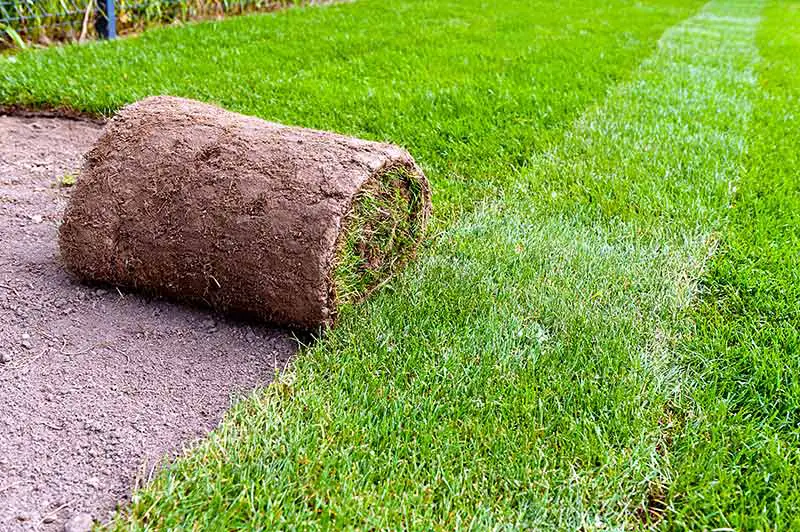
Pros of Sod
- Sod creates Instant Lawn: As the grass in sod is already mature, you can use it to create a lush new lawn instantly. Although newly-installed sod is too delicate for heavy traffic, it will create the look of a finished lawn straight away.
- Sod is Quick to Establish: New sod is quick to establish itself, typically taking about 2 to 3 weeks for it to root after installation. This is providing you install it correctly and keep up with the proper care over these weeks.
- You Can Use a Sod Lawn Sooner: Again, while newly-laid sod won’t tolerate traffic immediately, you’ll be able to use it sooner than a seeded lawn. You just need to wait for the sod to root before it will tolerate traffic from people, pets, lawn equipment, and vehicles.
- Ability to Lay Sod at Any Time: You can successfully lay sod at any point in the growing season, the only exception being during periods of extremely hot weather. The absolute best time to lay sod is during the period of most active growth for the grass type. However, this is not necessary, unlike seeding which should be carried out at certain times in the year.
- Fewer Concerns with Weed Growth in Sod: High-quality sod will contain very little to no weeds. New grass from sod will easily out-compete any weed growth in its early stages of establishment.
- Sod Works to Control Erosion Immediately: If soil erosion is a concern, sod will help to combat this issue immediately upon installation. The sod acts as a blanket to hold soil in place straight away.
Cons of Sod
- Sod Has a Higher Initial Expense: Sod is the more costly option of getting a new lawn. Between the price of the sod and any installation costs it incurs, the initial expense is greater than seeding.
- Sod May Incur More Costs After Installation: Beyond installation, sod may incur more costs than other methods of getting a new lawn. If the sod is installed improperly, it may root poorly or have unsightly seams that don’t disappear as they should. This will require you to spend more money to remedy any issues that arise from improper installation.
- Choice of Grass Types Are Limited With Sod: With sod, your choice of grass species is limited to the varieties grown by the farmers. Different types of grass are better suited to different climates and growing conditions; you have fewer options with sod when trying to choose a grass type that best suits your new lawn’s individual needs.
- Sod Has a Short Transplanting Window: When you purchase sod, it’s crucial to install it as soon as possible. You need to lay the sod within 24 hours of it being cut and delivered to you, otherwise the grass will dry out and die. This makes sod installation particularly challenging in periods of high heat.
Pros and Cons of Seed
The second option available to you is to grow your new lawn from seed. With this method, you have a lot more flexibility and control over the process, from seeding to the establishment of the new grass. You can choose an ideal grass type or seed blend for your whole lawn, or seed different parts of your lawn with different varieties best suited for each area.
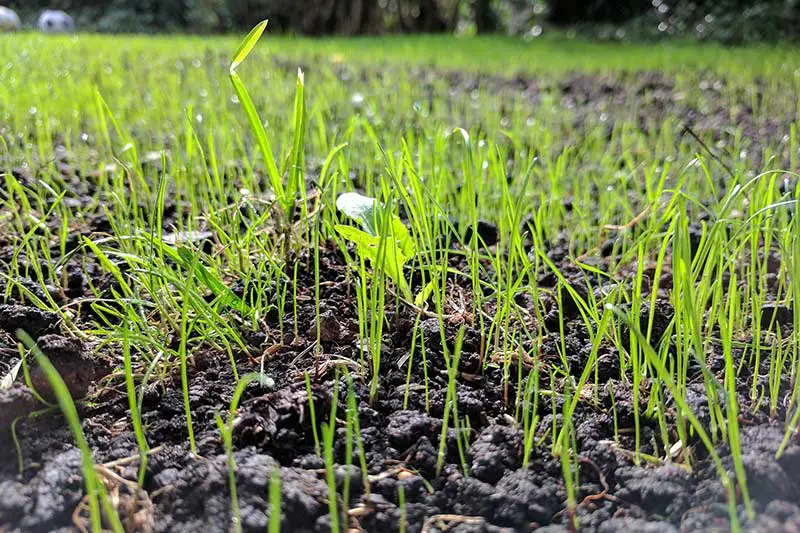
Pros of Seed
- Seeding Incurs a Lower Initial Cost: The cost of seeding an entire lawn is much cheaper when compared to sod. All you need to purchase is the grass seed, in addition to a suitable spreader (if this is something you don’t already own).
- Seeding Incurs Lower Cost of Labor: The process of planting grass seed is relatively simple and something you can carry out yourself without much experience. You can successfully plant grass seed yourself without needing to spend anything on professional labor.
- More Options With Grass Types When Seeding: Seeding your lawn will afford you with a lot more flexibility when it comes to grass varieties. You can consider factors like traffic tolerance, heat and drought tolerance, cold tolerance, shade and sun tolerance, and resistance to disease and pests when choosing your grass seed. Picking an ideal grass type or blend for your individual requirements will ultimately leave you with the healthiest lawn possible long-term.
Cons of Seed
- Seeding Takes Longer to Produce a New Lawn: Grass seed typically takes 4 to 8 weeks to germinate, and several more months to produce a full, thick lawn. You will have to wait a lot longer before you can use your lawn if you choose to seed.
- Seeding Requires Specific Planting Times: For your grass type to germinate and establish itself properly, it’s necessary to plant grass seed at the right time. You need to seed your specific grass type in its period of most active growth. For cool-season grasses, this means planting in the spring or fall, and for warm-season grasses, planting in the summer. Planting at the wrong time for your chosen species increases the likelihood of poor or failed establishment.
- Seeding Has Higher Initial Maintenance Requirements: Newly planted seed has meticulous requirements for watering. Compared to sod, a lot more effort is necessary to ensure the healthy establishment of your new grass. Neglecting to water your new seed properly means your lawn is more likely to fail in these crucial early weeks.
- Seeded Lawns Are More Vulnerable to Weed Growth: Before the seed matures, the bare soil in the planting area leaves plenty of room for weeds to move in. These weeds will steal precious water and nutrients from your new grass; if an infestation of weeds develops, it will choke out your new grass.
Sod vs Seed
Now we’ve explained the advantages and disadvantages of both methods, we can directly compare sod vs seed. Consider the following factors when deciding which method will best suit your individual needs.
Cost: Seed is Cheaper than Sod
If price is an important factor, choose seed instead of sod.
Factoring in the cost of materials and labor, seed is a much cheaper way to get a new lawn than sod. Grass seed is relatively much less expensive than the cost of purchasing sod to cover a planting area. Also, as little to no experience is necessary to sow grass seed, you won’t need to spend any money on professional help with installation.
Properties of Grass: Seed is More Flexible than Sod
If you have specific requirements for the properties of your new grass, choose seed instead of sod.
Choosing to seed your lawn will grant you the most control over the entire process. You can choose a seed species or blend that suits the exact needs of your yard and the area that you live in. This is ideal if you require your grass to have specific properties, such as tolerance to heat and drought, cold and frost, shade and sun, and traffic. With sod, you’re limited to the varieties grown by the farmer and therefore have little choice when it comes to these factors.
Ease of Installation: Seed is Easier to Install than Sod
If you are inexperienced and want to do the job yourself, choose seed instead of sod.
The process of seeding a lawn is relatively simple and easy to carry out, even for those with very little to no experience. You can easily carry this process out yourself following the correct steps and aftercare activities. For success with sod, it’s recommended to have experience in installation or to have the process carried out by professionals.
Speed of Establishment: Sod is Faster than Seed
If you want an instant lawn, choose sod instead of seed.
As sod comes in rolls of already-mature grass, it creates an instant lawn upon installation. As we’ve explained, you’ll still need to wait before you can use newly-sodded grass; however, it will produce the look of a lush new lawn straight away. It will take at least 4 to 8 weeks for a seeded lawn to germinate, and likely a full growing season before the lawn grows to its fullest. Therefore, sod is the quickest route to a full, lush lawn, while seed is better suited for those with patience.
Initial Maintenance: Sod is Easier to Initially Maintain than Seed
If you want a new lawn with a lower requirement for initial maintenance, choose sod instead of seed.
In the first few weeks after seeding, it’s vital to keep the top 2 inches of the planting area consistently moist. This will require you to water the area twice per day, every day throughout the first few weeks after seeding. You’ll need to keep a close eye on the seed to ensure the planting area doesn’t dry out at any point over these weeks. With sod, the watering requirements are the same; however, there is less risk of the grass dying off if you forget a session, as the grass is already-mature and better able to cope with drought stress.
Weed Resistance: Sod is More Weed Resistant than Seed
If weed growth is a concern, choose sod instead of seed.
A newly-seeded lawn is much more vulnerable to weed growth than sod. Over the weeks it takes the seed to establish itself, there’s a lot more opportunity for weeds to move in. These weeds will utilize the bare soil, water, and nutrients to take over before your grass plants get the chance. Sod, on the other hand, typically contains very little to no weeds; also, as the grass is already mature, there is less space for weeds to take over.
Alternative Options to Sod and Seed
Beyond seed and sod, there are a couple of alternative options you could choose to get a new lawn. These include hydroseeding or growing a lawn from plugs or sprigs.
Hydroseeding
Hydroseeding is a specialized method of seeding that involves spraying the seed onto the planting area in a liquid format. This liquid is called a ‘slurry’ and contains additional substances like tackifiers, mulch, fertilizer, and other lawn amendments.
Hydroseeding is an ideal method for use on large, sloped, or otherwise hard-to-reach planting areas. The method of application provides a higher germination rate and fast growth of the new grass. This option is less expensive than sod, but more expensive than seeding.
Plugs and Sprigs
Another alternative method of getting a new lawn is to install grass plugs or sprigs. Sprigs are thin pieces of grass stems, 3 to 6 inches long, that come without soil. Grass plugs are essentially chunks of sod that come in individual 2 to 4-inch segments.
Creating a new lawn from plugs or sprigs is typically cheaper than laying sod. However, a big disadvantage of this method is that it leaves the lawn highly vulnerable to weed growth; when first planted, there is a lot of bare soil between each plug or sprig, leaving space for weeds to move in. This method is better suited to repair small sections of lawn rather than to create an entirely new lawn.

